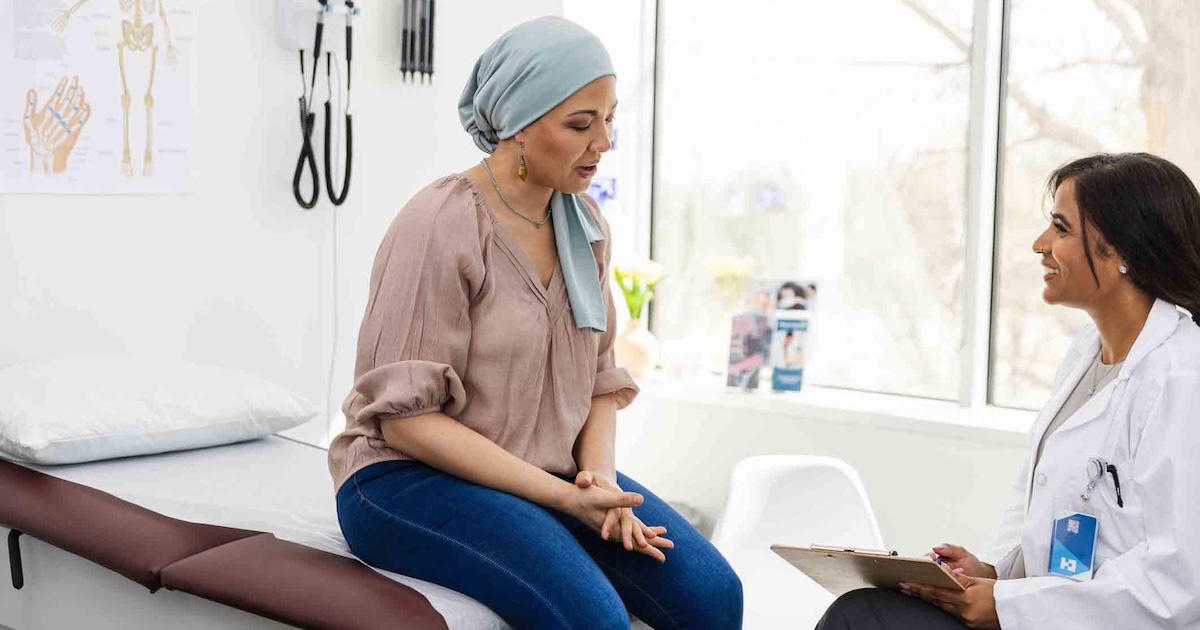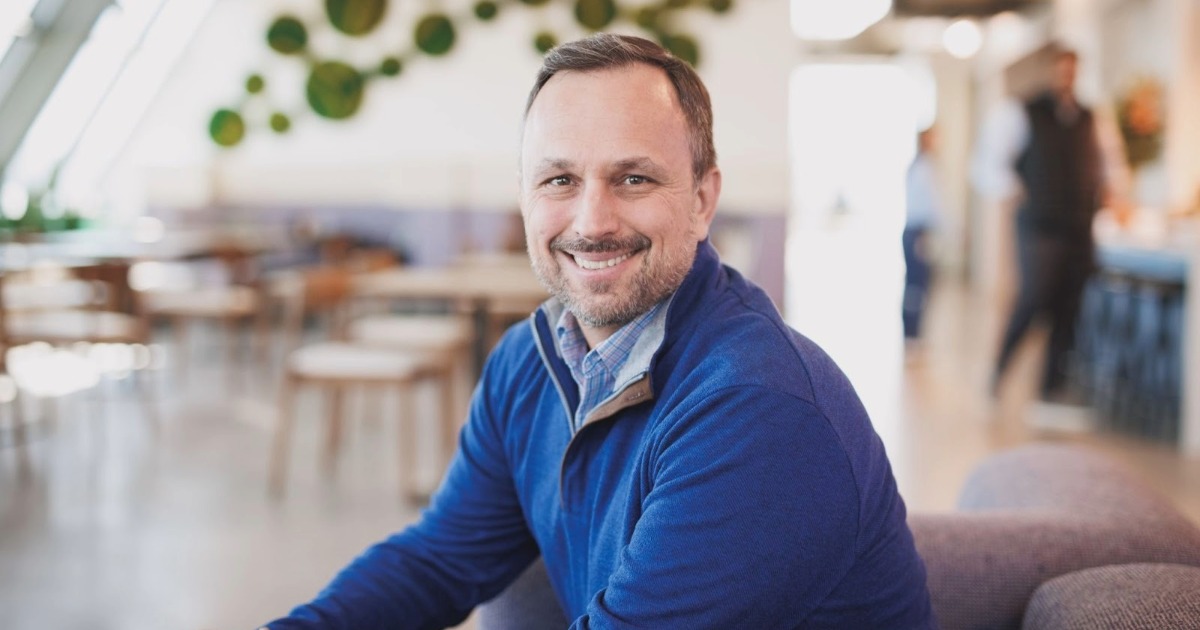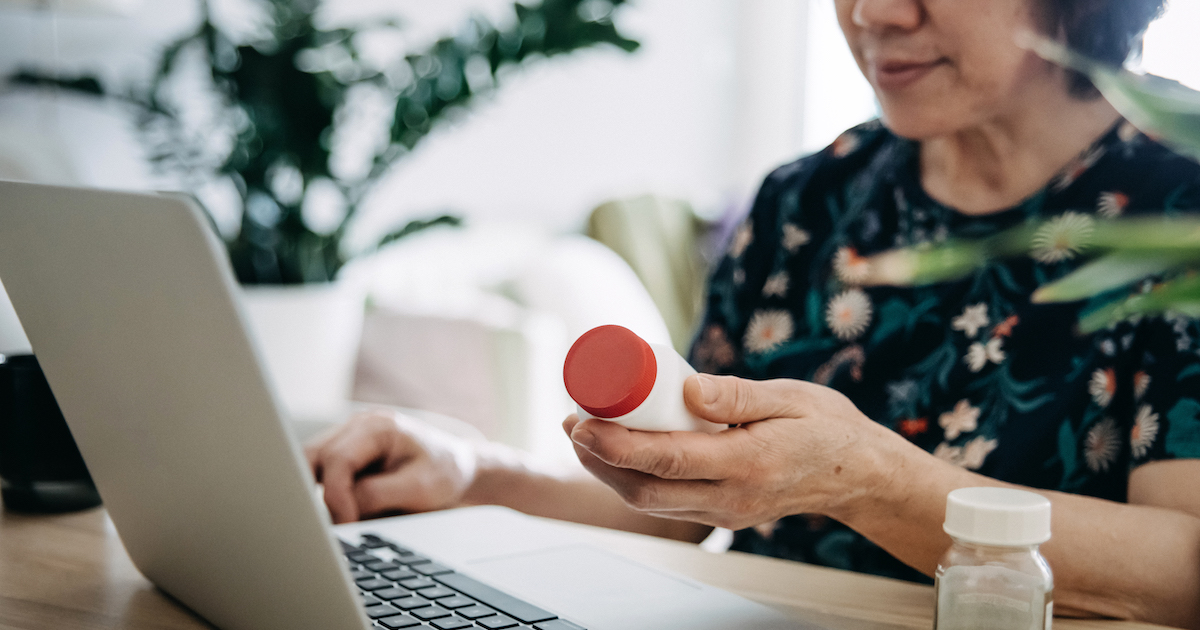From the mHealthNews archive
When a hospital looks at mHealth, it’s tempting to think it’s all about the technology. But ask those who have experience in the mHealth space and you’ll quickly learn there’s a lot more to it than just having the right gadgets.
Steven Dean is director of telemedicine at Inova, a five-hospital healthcare system serving northern Virginia, that has been in telehealth space almost since the beginning. On Tuesday, December 10, at the HIMSS Media mHealth Summit in Arlington, VA, Dean will walk attendees through Inova’s experience in his presentation, “Nimbility: Augmenting System Infrastructure with Mobile Capabilities.”
According to Dean, the primary goal of his presentation is “to show people how we’ve leveraged one enterprise system and taken it to different service lines within our system.”
In other words, he said, the early days of Inova’s mHealth efforts involved getting a general wireless system up and running across the enterprise. Over the past three years, however, Dean said the focus has shifted to enhancing capabilities one specialty at a time. The organization focused first on tele-stroke services, then tele-psych, and then tele-pediatrics. Next up, he said, is dermatology.
Regardless of the specialty, Dean said one of the keys to the successful development of mHealth capabilities is ensuring a collaborative process between IT services and clinicians.
“You have to have clinician buy-in in order to achieve success,” he noted, adding that in an age when much of the mHealth movement is consumer driven, the key to successful implementation lies in developing systems that meet both consumer desires and provider needs.
Moreover, he said, it’s important to recognize that any technology works best when it fits properly with clinical workflow.
“The key is identifying and understanding your workflow up front,” he said, “then facilitating the use of the technology around it. For years, you were beholden to what was technologically available. Now you can do what you want technologically, so it’s much more about getting the process right.”
While he thinks mHealth is here to stay, Dean also points out that numerous challenges remain. For example, while Inova has been in the mHealth space for a while there aren’t a lot of studies yet that demonstrate clearly the technology’s clinical efficacy.
Nonetheless, Dean noted that with the move toward ACO’s and Patient Centered Medical Homes, “new payment models are making providers beholden to providing the best care at the best cost.”
Consequently, all new tools, including effective mHealth technologies, will be critical.
As for Inova’s own efforts, Dean said the organization is still just beginning to connect its mHealth work with other technological initiatives. With a new EMR system and dedicated analytics and informatics departments, “we have the components of ‘Big Data’ in place,” and Dean said Inova is working on putting all those systems to work in pursuit of goals such as reducing readmission rates.
In the end, though, Dean said the key takeaway from his presentation, and Inova’s experience, is that in mHealth as in most places, technology is not a panacea but an enabler.
More information on the session can be found at http://www.mhealthsummit.org.



